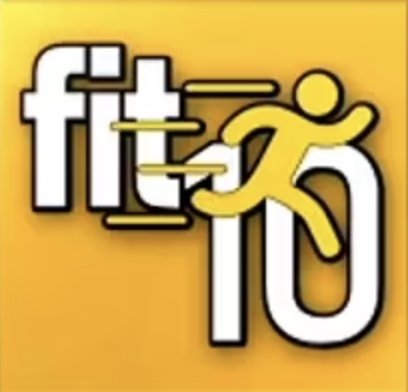Carbohydrates
We store carbohydrates as glycogen in our liver (120 grams) and muscles (400 grams). You can think of the liver and muscles as limited, short-term gas (energy) tanks. When the gas tank is full, excess fuel (carbohydrates) gets stored as fat, which is our long-term energy storage. Carbohydrates are sugars. Ultimately when we eat carbohydrates they get broken down into glucose, fructose, or a combination of the two.
Let’s look at the paths a few common carb sources take.
Path of the Potato – Glucose
A potato is a heap of starch called amylose, which gets broken down into glucose and taken into the bloodstream. The bloodstream delivers some of this sugar to the liver and some of it to feed cells directly. At these destinations glucose can be used, converted for use, or stored as glycogen or fat.
Path of the Pear – Fructose
Fructose, known as “fruit sugar,” is not used to feed cells directly. It is taken up by the liver, where it is broken down, and stored or used much like glucose.
Table Sugar – Sucrose
When someone mentions “sugar” they are usually talking about sucrose. It’s a molecule of fructose and glucose. Most table sugar comes from sugar cane, which is a tall grass with a big stem. We don’t often think of sugar as a plant-based food, but it is. The process involves shredding the cane, adding water, then crushing the mixture to extract the juice. The juice is then dried into a granulated form.
Low Carb Diets
Prior to the Agricultural Revolution, modern humans would have never eaten a significant amount of carbohydrates. A diet where 30% of calories came from carbohydrates would be the upper end of even the most aggressive estimates.
High Carb Humans
Today, most humans eat a diet that is over 60% carbohydrates. The USDA recommends up to 65%. And in many areas of the world this percentage is even higher. Fat and protein are sacrificed. Protein often falls below 15% of one’s calories.
Essential Nutrients
There are nutrients that are essential – like certain vitamins, minerals, amino acids, and fatty acids – that we must get in our diets. But carbohydrates aren’t one of them. Only a few cells in the body require any glucose at all, and this small amount can easily be made in the body from proteins. Carbs are the one macronutrient that humans don’t need to eat, and it’s the one we eat in the greatest abundance.
